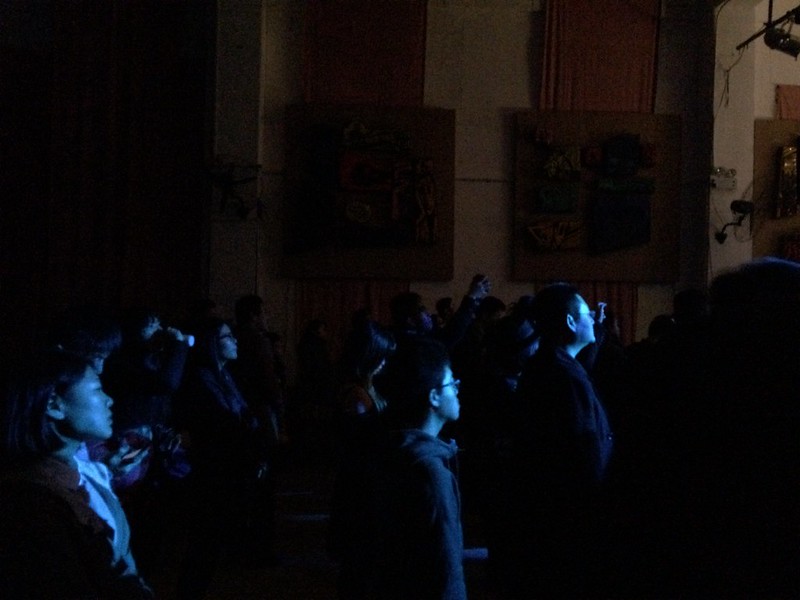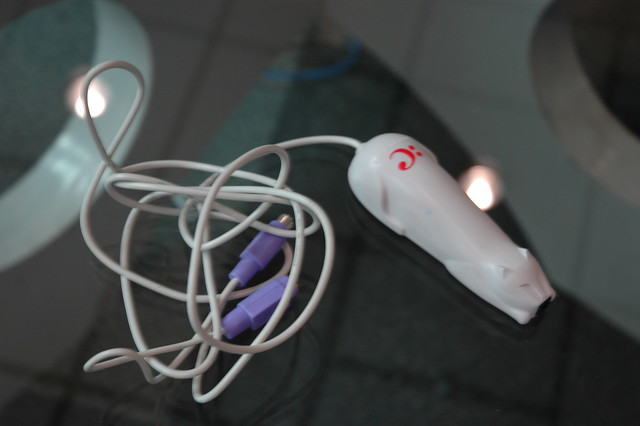Beacons
Data point: Beacons, retail apps and targeted messaging | JWT Intelligence – beacons powered by BlueTooth LE provide potential opportunities for retailers. Beacons can be used to help facilitate customer in-store navigation. Beacons can also be used to track customers in-store providing a more granular understanding of footfall. More related content here.
Beauty
Mobile Growth Opportunity for China Beauty Brands | L2 Think Tank
Business
Big Four mainland China banks see profit growth slowing | South China Morning Post – (paywall)
Developing Asian Manufacturing Capacity from a China Operational Base | Little Red Blog
Consumer behaviour
STUDY: Senior Citizens’ Use Of Facebook, Other Social Networks Slowly Climbing | AllFacebook
16-24s least likely to use search engines – GlobalWebIndex – tend to engage more with than other ages with Q&A sites, suggests that search has to work on context and user intent more?
Siri’s Psychological Effects on Children | New Republic – interesting ethics questions touched on as well in terms of how we relate to technology
Which Activities are Getting Sportswear Consumers off their Couches? – Euromonitor International
Do People Complain More On Twitter Or On Facebook? | Forrester Blogs – the sample size is small but it is interesting since it challenges the social customer service truism that Facebook was generally positive and Twitter was the place consumers raged
For older Americans, tablets and e-readers are the new cell phones with huge buttons – More Americans age 65 and older own either a tablet or an e-reader (27%) than own smartphones (18%)—the reverse of the proportions for the general public, according to the Pew Internet Project’s latest study on how people access the internet.
The Richest Rich Are in a Class by Themselves | Bloomberg BusinessWeek
Culture
Writing on the wall | The Economist – China’s uniquely open approach to graffiti art compared to the repressed west (paywall)
Economics
Economic View: Automation Alone Isn’t Killing Jobs | New York Times – complex interaction of technology, education and market demands (paywall)
Ethics
Chinese mobile phone users have a sneaking suspicion they’re being ripped off – Quartz – the complexity of wireless economics
Google distances itself from the Pentagon, stays in bed with mercenaries and intelligence contractors | PandoDaily
Consumer Behavior Data Could Put Predictive Analytics in Government Crosshairs | Adweek
Finance
Demystify Alibaba’s Money Fund Yu’E Bao — China Internet Watch
How to
Google Plus adds view counter to profile pages | Marketing Pilgrim – something to take account of when thinking about influence
Innovation
Samsung Claims Progress on the Next Wonder Material – Digits – WSJ – Graphene for flexible displays (paywall)
New DARPA Office Merges Biology & Technology | EE Times
Perovskite, a New Meta Material, Turns Light Into Power, Lasers | EE Times
NASA Spinoff Database – database of space age stuff
Legal
European Parliament passes strong net neutrality law, along with major roaming reforms – GigaOm
Why Mediatek don’t share source code, and why they should! – Gizchina.com – also fits a number of other Chinese manufacturers as well. Mediatek has been a block on many Chinese smartphone makers complying with the GPL v2 licence on Android derived code
Luxury
A Korean TV Show Caused a YSL Lipstick Shortage – The Cut
Marketing
The Art of Generating Market Research Insight – Euromonitor International – reg wall for whitepaper
B2C Customer acquisition costs 2014 | Smart Insights – information from DMA
Media
Survey Shows Twitter Users Find Ads On The Network Irrelevant, Random | MarketingLand – there are limitations of this kind of research but the data is interesting nonetheless, a greater degree of matching context would increase performance rather than being seen as interruption marketing
The radio trumps online services for music discovery | MacNews – I guess record companies need to bring back the art of plugging
Vice Media Is Considering Going Public | TIME.com
Online
Matt Cutts Explains How Google Separates Popularity From True Authority | Search Engine Journal
iiMedia Research: China Social Sharing Report in 2013 — China Internet Watch
Dayre.me – mobile blogging / Tumblr like platform
Why people quit Twitter – Quartz
Retailing
Mobile phone maker ZTE announces direct sales platform | WantChinaTimes.com
GWI Commerce: the latest figures for buying online – GlobalWebIndex
China already makes up 60% of E-commerce spending in Asia.
Security
Ssshhh! Secret and Whisper get cloned in China – it will be interesting to see how these get harmonised by the Chinese regulatory system
Software
Google Keep OCR | Google System – so useful
Hubspot, Marketo, Eloqua: New data shows marketing automation market share in unprecedented detail | VentureBeat
The Next WhatsApp? | Forbes – nice overview of WeChat, Momo et al
Are single-page apps becoming the norm? – Software Development News – thanks to Javascript
On The 20th Anniversary – An Oral History of Netscape’s Founding | Internet History Podcast
Why Microsoft Is Giving Windows Away on Small Devices | Recode – because Android’s chink in its armour is tier-2 handset manufacturers on razor thin margins making no money and getting no cooperation from Google
Asia’s Messaging Apps Like WeChat and Line Follow Similar Path – WSJ – going on Nokia’s Android handsets
Hong Kong government spending millions developing apps that no one downloads | South China Morning Post – this sounds like the experience of clients I’ve had in various sectors
Web of no web
Apple, Crown Castle, Splunk: Gaggle of Internet of Things Players in Morgan Stanley Report | Tech Trader Daily
THE INTERNET OF EVERYTHING: 2014 [SLIDE DECK] SAI – Business Insider
Google Glass Getting Ray Ban, Oakley Versions | TIME.com
Wireless
2014 China smartphone market and industry – Digitimes – China market to reach 422 million smartphones in 2014, with 278 million units contributed by China-based smartphone vendors. The continued expansion by international vendors Samsung and Apple will push up their sales to almost 144 million units, accounting for nearly 4% growth from 2013 (paywall)
Analyst: I’m In China, And iPhone 5S Demand Is ‘Disappointing’ People (AAPL) | BusinessInsider – Chinese brands demand catching up on Samsung and Apple
Talk gets cheaper | The Economist – Of the 1.2 billion smartphones that will be shipped this year, almost half will cost less than $200 and one-fifth will cost less than $100
Public Wi-Fi speeds to get a boost from Qualcomm’s new antenna technology | PCWorld



